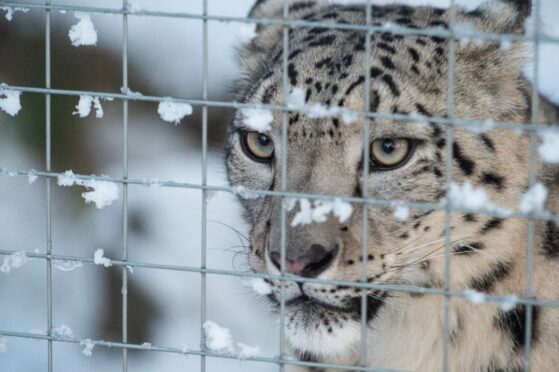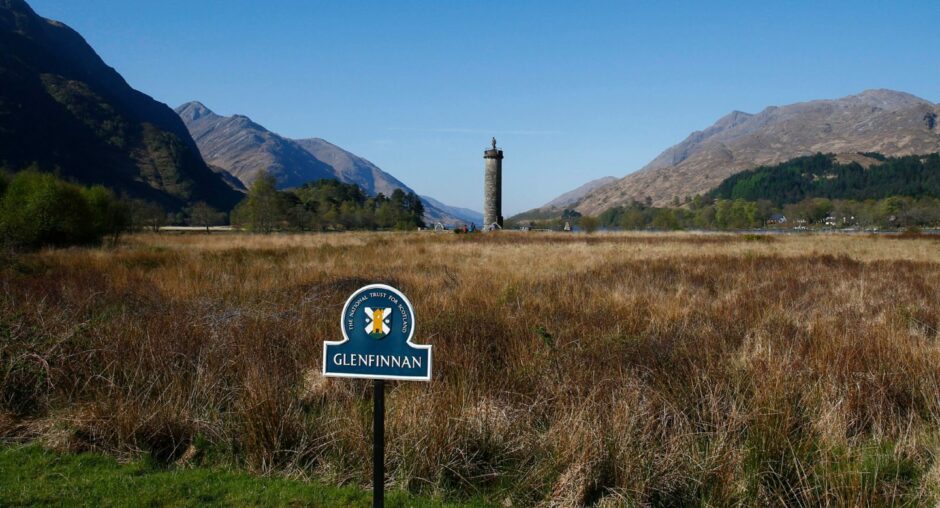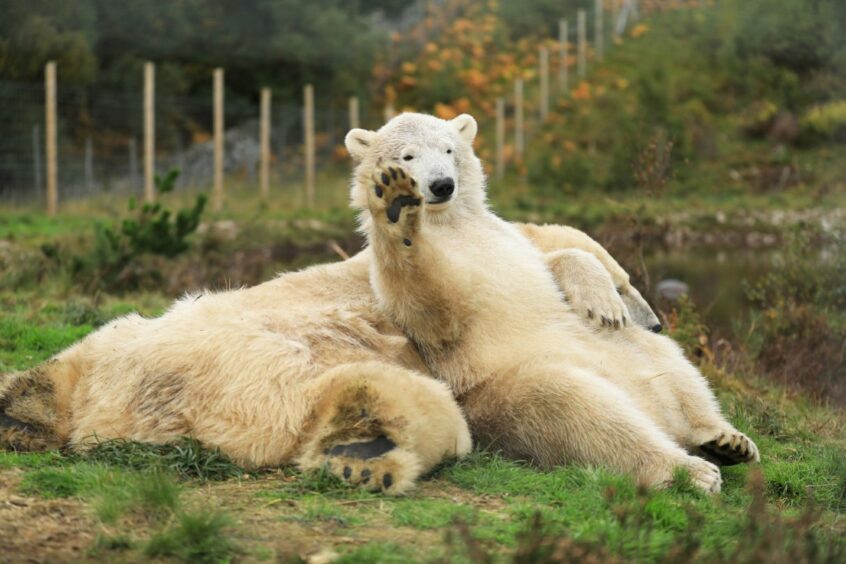Outdoor visitor attractions fared much better than indoor attractions last year as Covid-19 continued to devastate Scotland’s visitor attractions sector – with fears it won’t be fully restored until 2025.
The industry saw an eye-watering 47% decline in visitor numbers compared to pre-pandemic levels.
The worrying statistics have been revealed in a study by published by ASVA (Association of Scottish Visitor Attractions), in conjunction with Glasgow Caledonian University’s Moffat Centre for Travel and Tourism Development.
Highland Wildlife Park was one of the few in the country to buck the trend – actually reporting a rise in visitors in 2021 compared to 2019.
Edinburgh Zoo is the only other attraction in Scotland’s top 10 paid-for attractions to report a similar increase.
Outdoor, family-themed attractions, and sites with grounds and open-air activities, saw much better performance than predominantly indoor sites – reflecting continued anxieties about infection transmission risks in enclosed spaces.
Recommendations that people avoid crowded places meant that it was impossible for much of the Scottish sector to trade to its full potential.
Gordon Morrison, chief executive of ASVA, which represents more than 500 sites across Scotland, believes the country’s visitor sector still has “a long road to recovery.”
He said: “Whilst visitor numbers in 2021 were up on the previous year, the latest figures highlight what a uniquely challenging time the visitor attractions sector, and wider tourism industry, has experienced over the past 12 months.”
“Although we’ve seen some very welcome positive signs that business at a number of attractions is beginning to bounce back, so many of our operators are still in survival mode.”
Top 10 paid attractions in Scotland 2021
- Edinburgh Zoo – 632,122 visitors (Up 116% from 2020)
- Edinburgh Castle – 423,866 (Up 53%)
- Glenfinnan Monument – 292,981 (Up 80.3%)
- Culzean Castle and Country Park – 228,911 (Up 78.4%)
- Highland Wildlife Park – 148,810 (Up 44.2%)
- Stirling Castle – 148,581 (Up 88.1%)
- Robert Burns Birthplace Museum (Up 59.4%)
- Crathes Castle (Up 33.8%)
- Urquhart Castle (Up 80.6%)
- Almond Valley Heritage Centre (Up 54.8%)
A uniquely challenging time
Last year’s most visited paid-entry attraction in Scotland was Edinburgh Zoo, with 632,122 visitors, whilst the National Museum of Scotland , also in the capital, was the country’s top free attraction, with 660,741 visitors.
Paid-entry attractions welcomed over 20million visitors in 2019, in comparison to just over nine million last year – a drop of 55%.
Free-entry attractions saw a drop of 47% with a fall from 35.5million in 2019 to 20.2million in 2021.
Figures from attractions that offer mainly indoor experiences underline the detrimental effects that the past two years of the pandemic has had upon the industry.
Stirling Castle had 148,581 visitors in 2021 – an 88.1% increase from its 2020 total of 79,000 – however it saw a 75.6% decrease from its 2019 total of 609,698.
Glenfinnan monument saw 292,981 visitors in 2021, a 36.6% drop from its 2019 pre-pandemic total of 462,235.
But Highland Wildlife Park has experienced a 4.6% increase in visitors in 2021, reaching 148,810 visitors through its gates, in comparison to 142,250 in 2019.
Professor John Lennon, director of the Moffat Centre at GCU, said: “We don’t foresee overseas visitor numbers returning to pre-pandemic levels until 2025 – so attractions will continue to be heavily reliant on the domestic market.
“Visiting Scottish attractions not only demonstrates support of them, it helps safeguard the future of a sector that’s a vital contributor to the country’s economy and also performs a crucial custodial role in protecting Scotland’s heritage, culture and identity.”


